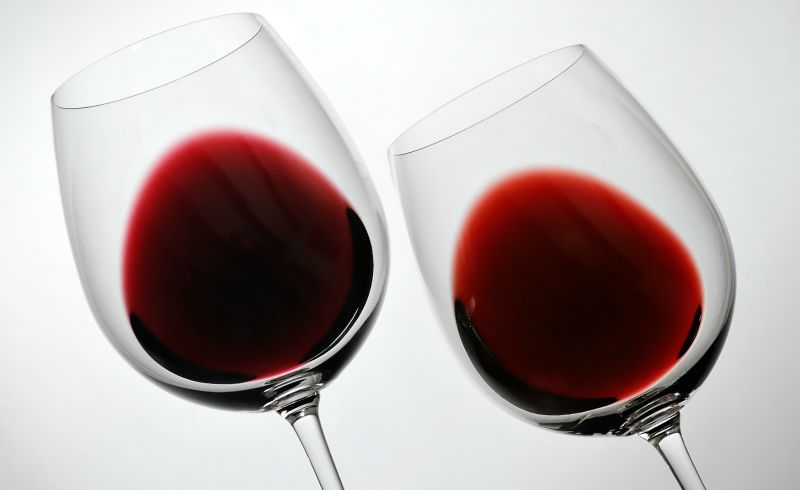How Important is the Colour of the Red Wine
I’m sure all you wine lovers have at least once been in this situation – you stand in front of an incredibly long shelf stashed with hundreds different red wines, look at them and have no idea which one you’d like to taste since for you, they are all red wines with a slight difference in colour.
Well, it is not that simple. It is not just a slight difference in nuances; it is much more than that according to oenophiles and wine specialists. When you buy red wine, you look at the colour as the best indicator of quality, age and health of the wine. Colour is the indicator that shows whether the red wine is healthy, well made and without any ‘faults’. Such red wine should be without sediments of cloudiness; it should be clear, transparent and brilliant.

It is a fact that knowledge of wine is a very wide area that requires proper schooling and a lot of practice (and I mean a lot of drinking!). Therefore, a very short lesson on one major aspect of red wines would be about what colour represents in terms of quality and health of the wine. So next time you buy red wine, you’ll be able to distinguish those few bottles that look exactly the same to you, that in fact, aren’t.
Generally speaking, the colour of red wine depends largely on age and variety. Under the influence of these factors, the colour ranges from violet blue to tile or brick red, with scarlet and crimson tones in between. So the palette of colours of red wine would include varieties of red: violet, ruby, cherry, crimson, plum and blackberry red, reddish maroon and tile red. It is this range of colours that is used to measure the chromatic intensity. The general rule is that as grapes age, wines tend to gradually lose their colour. So, the darker the wine colour, the riper the grape.

What is interesting though, is that varieties of red wine such as a 2007 Burgundy which is known for its strong intensity and high concentration of tannins, tend to have pale red colour, which is not exactly a characteristic of varieties of the kind. Does this mean that there is a problem with the wine? Most wine experts claim that one shouldn’t consider this as a major guideline when deciding to buy red wine. Of course it is true that sometimes pale red colour can indicate a flaw in the wine, but that can be considered true only for wines that are naturally dark, like Cabernet Sauvignon or Syrah. And moreover, you can’t compare wines of different categories and grape varieties in colour; as mentioned, some varieties are simply darker than others.
So, when it comes to colour being the indicator of quality, one should pay attention to it only when comparing two wines of the same category. Pale wines can also be of great quality, almost as much as darker wines.



